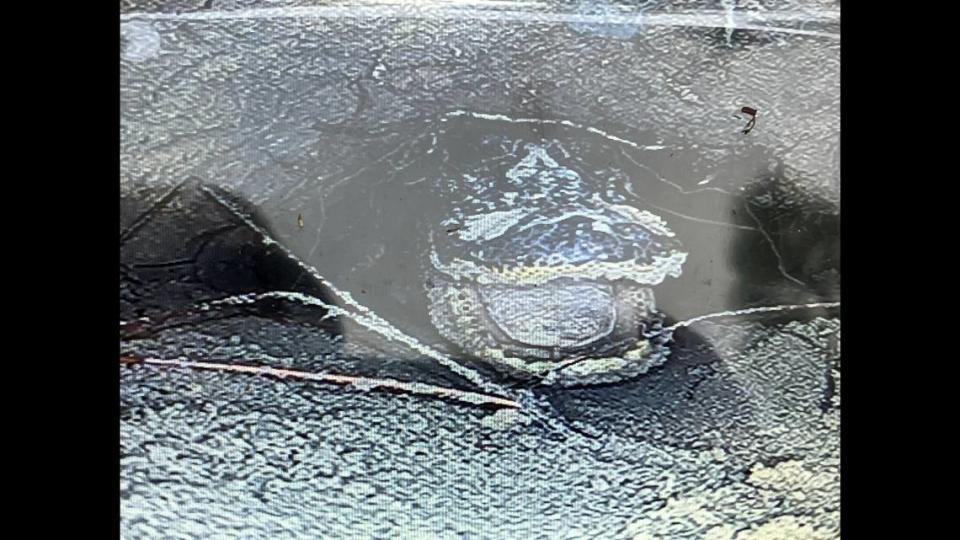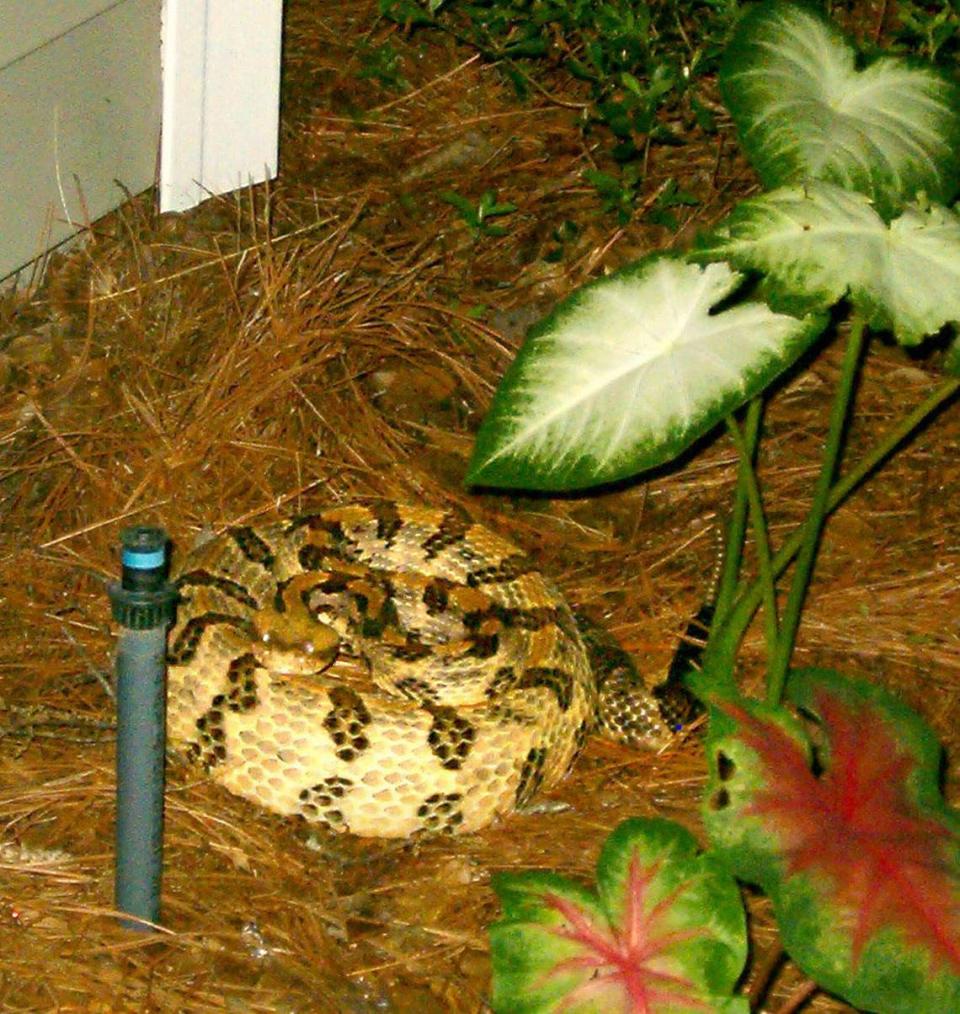Temperatures are dropping this weekend statewide in South Carolina.
Will this impact your chance of coming across an alligator or snake?
Although not impossible, your chances of crossing one will be slim.
These reptiles don’t migrate in the cooler seasons or go into hibernation. But snakes and alligators do go into a similar state when temperatures begin to drop to help them survive the cold.
Just as some warm-blooded animals hibernate during the winter as they endure frigid temperatures, alligators and snakes, which are cold-blooded reptiles, undergo a different form of self-preservation called brumation.
For a better understanding, “cold-blooded actually means the animal’s body temperature is basically the same as its surroundings,” according to Texas Parks & Wildlife. “A fish swimming in 40° F water will have a body temperature very near 40° F. The same fish in 60° F water will have a body temperature near 60° F. After a cool night, a grasshopper may be too stiff and cold to hop until the morning sun warms its body. Since cold-blooded animals cannot generate their own heat, they must regulate their body temperature by moving to different environments.”
Once temperatures begin to drop, they can no longer receive the heat they need from their environment. So, they cope by conserving their energy.
Brumation is similar in nature to hibernation but is different in many ways.
Both are dormant-like states that a creature will undergo.
For reptiles undergoing brumation, metabolic and physiological processes will severely slow to conserve their energy, making them lethargic, according to the South Carolina Aquarium.
Generally, this period may extend until March, although these reptiles may begin to again become active during February where they will emerge from their hiding places during warmer days and will absorb what heat they can.

Alligators may lie in dens or burrows by river banks or lagoon edges where there are pockets of air for them to breathe or may even hide in nearby culverts during brumation, places that provide warmth and insulation against the cold temperatures outside.
Snakes may take to burrowing in holes or caves, under logs or rocks, in tree stumps, or by making their way into basements, crawlspaces, garages, barns, sheds, wood piles and even car engines.
Considering the weekend’s cold temperatures and freezing wind chill, your chances of coming across one of these creatures is most unlikely; however, not impossible.
Still, keep a watchful eye where you step and for unsuspecting things from below or even above eye level for snakes.

Signup bonus from




